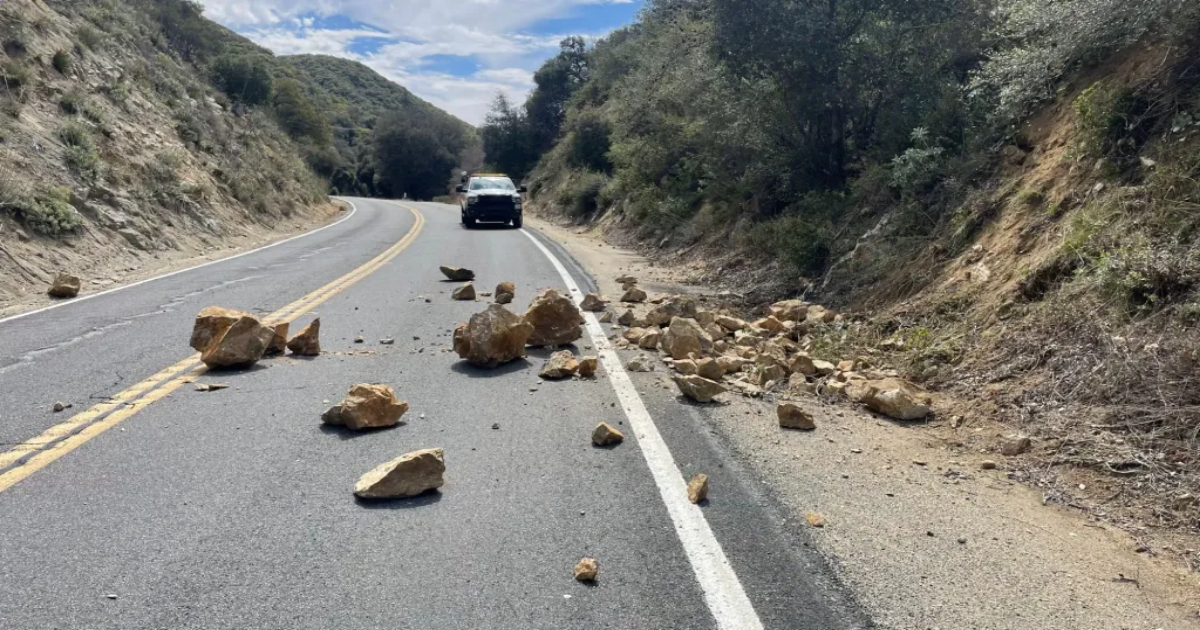Monday morning, Southern Californians were reminded of just how fragile the ground beneath them really is. A 5.2-magnitude earthquake rattled San Diego County, sending shockwaves as far as Los Angeles. San Diegans were lucky: No deaths or major damage have been reported. But luck isn’t a plan. And with our national disaster system melting down, they could be on their own when the real one hits.
Last month, President Trump signed Executive Order 14239, seeking to offload responsibility for disaster response to state and local governments. A few days later, Homeland Security Secretary Kristi Noem said she planned to “eliminate” the Federal Emergency Management Agency (FEMA). This isn’t reform. It’s abandonment. It’s chaos by design.
Here’s how our disaster system is supposed to work: Local responders are the first in. The state backs them up. And when the scale of the crisis exceeds their capacity, the federal government steps in — like a big brother with deep pockets and national muscle. The Stafford Act authorizes this, and the National Incident Management System is the playbook.
This system, when it works, brings order to the chaos of catastrophe. But it is being dismantled before our eyes. And no one has any idea what will take its place.
The system hasn’t always worked. After Hurricane Maria in 2017, chaos in the first Trump administration led to prolonged suffering in Puerto Rico. Then came the spectacular collapse of federal crisis management in April 2020 during COVID-19’s early weeks. “We were all told on a phone call — all 50 governors — that we were basically on our own,” said Washington Gov. Jay Inslee. Hospitals overflowed. Personal protective equipment vanished. States were left to compete against each other for lifesaving supplies.
The administration’s workaround seems to be to write the federal government out of the process altogether. That huge gamble is based on the idea that “all disasters are local” — a concept that crumbles in the face of true catastrophe. Studies of major earthquake responses — from Mexico City in 1985 to Christchurch, New Zealand, in 2010 to Turkey in 1999 and 2023 — have found time and again that local and state governments were overwhelmed within hours.
This matters deeply for San Diego County, which is at risk from several fault zones. The California Earthquake Authority says there is a 75% chance of a magnitude 7.0 or greater earthquake striking Southern California in the next two decades.
If the really big one hit today, would we be ready? Not even close.
The United States has the resources, the people and the expertise. What we don’t have is someone in charge to make things happen. We need FEMA — now more than ever — to manage the increasingly complex and severe disasters of a polycrisis age. A refocused and empowered FEMA would forge strong public-private partnerships, leading a response that is government-led but not government-centric. It would become the national disaster machine we so desperately need: fast, coordinated, relentless.
But we are running out of time.
One day soon, San Diegans will wake up in a parallel universe. A massive earthquake will rip through Southern California, severing infrastructure, overwhelming hospitals and leaving entire communities stranded. Dazed families will wander through ruined neighborhoods. Thousands will be trapped in the rubble. And no one will be coming.
When that failure happens, it won’t stem from a lack of personnel, equipment or technology. It will stem from a lack of competence.
And that will be the catastrophe within the catastrophe.
McKinney is a former deputy commissioner at the New York City Office of Emergency Management and a former member of FEMA’s National Advisory Council, and lives in New York City.
